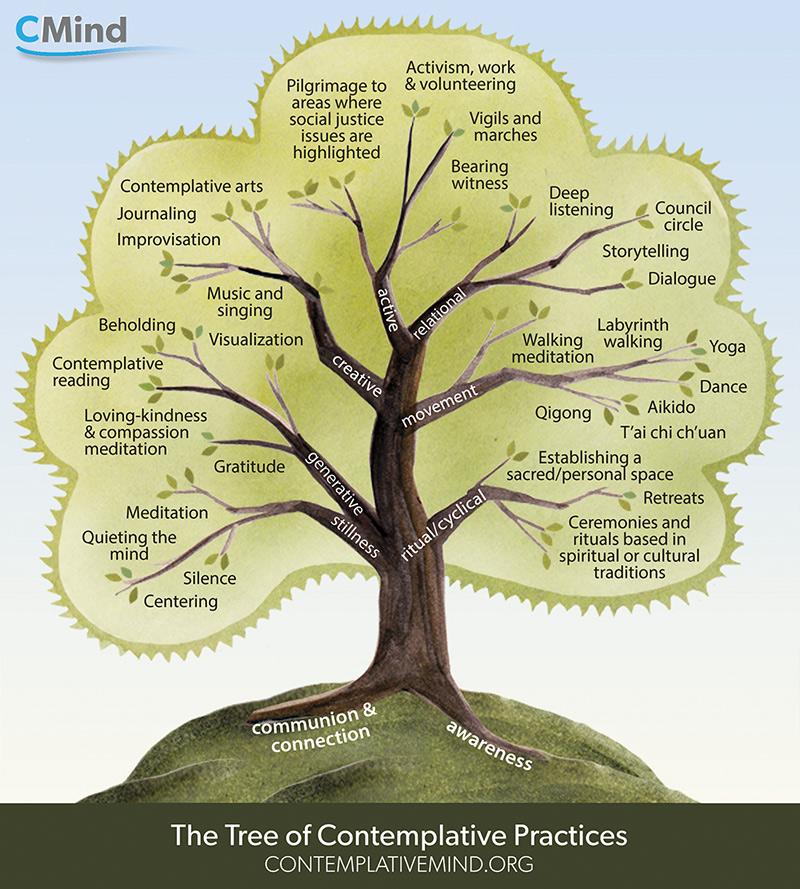Unlocking Student Potential: The Role of Mindfulness in Education for Better Learning Outcomes
Introduction
In today’s fast-paced, high-pressure educational habitat, both students and educators are searching for effective ways to enhance academic performance and overall well-being.Mindfulness in education has emerged as a powerful tool to unlock student potential, leading to improved concentration, emotional regulation, and academic success. This extensive guide delves into the science behind mindfulness, its proven benefits in classrooms, and practical strategies for integrating mindfulness practices to achieve better learning outcomes.
What Is Mindfulness in Education?
Mindfulness refers to the practice of paying attention to the present moment wiht openness, curiosity, and without judgment. In educational settings, mindfulness strategies are purposefully woven into the learning environment to help students stay focused, reduce stress, and cultivate social-emotional skills essential for success.
- focused Attention: Students learn how to direct and sustain their attention during lessons and assignments.
- Self-Awareness: by tuning into their thoughts and feelings, learners become more attuned to their inner experiences and reactions.
- Emotional Regulation: Mindfulness teaches students how to handle strong emotions constructively, supporting positive behavior and better relationships.
- Resilience: By fostering non-judgmental awareness, students become more adaptable in the face of academic and personal challenges.
The Science Behind Mindfulness and Learning
A growing body of research highlights the positive impact of mindfulness on academic achievement and student well-being. Hear’s what studies reveal:
- Enhanced Cognitive Function: Mindfulness increases gray matter density in brain regions linked to learning, memory, and emotional regulation.
- Improved Focus and Attention: Mindfulness considerably boosts students’ ability to concentrate, reducing mind-wandering during classroom activities.
- Less Anxiety and Stress: Regular mindfulness practice leads to lower stress levels and anxiety,promoting a calmer,more receptive mindset for learning.
- Boosted Academic Performance: schools integrating mindfulness into their curriculum have reported higher test scores and improved classroom behavior.
Case studies, such as the MindUP and CARE for Teachers programs, showcase real-world success stories where mindfulness has transformed school culture and individual student outcomes.
key Benefits of Mindfulness in Education
Implementing mindfulness strategies brings transformative benefits at every level of the educational experience. Here’s what students, teachers, and schools can expect:
- Improved Emotional Well-being: students become more resilient to academic pressures, developing a stronger sense of self-worth and motivation.
- Better Behavior and Social Skills: mindful students show increased empathy, reduced aggression, and stronger relationships with peers and teachers.
- Decreased Absenteeism: Schools report fewer absences and disciplinary incidents when mindfulness is part of daily routines.
- Increased Student Engagement: Students display more curiosity and motivation to participate in class activities.
- Empowered Educators: Teachers who practice mindfulness report lower burnout, better classroom management, and stronger connections with students.
Practical Tips for Integrating Mindfulness in the Classroom
Transforming your classroom into a center for mindful learning doesn’t require drastic changes. Small, consistent mindfulness exercises can yield notable improvements in learning outcomes. Here’s how teachers can seamlessly include mindfulness into the school day:
1. Start with Mindful Breathing
- Begin each day or lesson with 2-3 minutes of guided breathing to center attention.
- Use audio cues, gentle bells, or simple breathing graphics projected on the board.
2. Incorporate Body scans
- Lead students through a short body scan to help them recognise and release tension.
- Perfect for transitions between activities or after recess to refocus energy.
3. practice Mindful Listening
- Encourage students to pause and listen intently to sounds inside and outside the classroom.
- Integrate this exercise to enhance listening skills and improve attention spans.
4. Use Mindfulness Apps and Resources
- Leverage free resources such as Headspace for Educators, Smiling mind, or Mindful Schools.
- Choose age-appropriate guided exercises for individual and group practice.
5. Create Mindfulness Corners
- Designate a quiet classroom space with calming visuals, sensory items, and mindfulness activity cards.
- Encourage students to visit the corner for self-regulation when needed.
Case Studies and First-Hand Experiences
Schools and educators across the globe are witnessing remarkable transformations by embedding mindfulness in education. Here are a few inspiring stories:
Mindfulness at Patterson Elementary (California, USA)
- Patterson elementary introduced daily mindfulness breaks, resulting in a 40% reduction in behavioral referrals within one semester.
- Teachers reported calmer classrooms and more engaged learners.
The UK Mindfulness in Schools Project
- Implemented in over 400 schools, the program found students reported lower stress and increased optimism about academic challenges.
teacher’s Viewpoint: Mrs. Elena Vargas
“After introducing simple mindfulness exercises, I noticed students became more proactive about their learning and respectful with each other. That shift allowed us to focus on deeper learning rather than classroom management.”
Overcoming Challenges in Mindfulness Implementation
While the benefits are substantial, successfully implementing mindfulness in education can face certain hurdles. Teachers and administrators should consider:
- Time Constraints: Integrate short activities during existing transitions to minimize disruption.
- Staff Training: Provide ongoing professional progress for teachers to build confidence and skill in leading mindfulness practices.
- Cultural Sensitivity: Ensure that mindfulness exercises are inclusive, secular, and respectful of diverse student backgrounds.
- Student Engagement: Keep activities varied and age-appropriate to maintain interest.
With thoughtful planning and community support,schools can overcome these obstacles to make mindfulness a lasting and positive element of their educational culture.
Conclusion: The Future of Mindfulness in Education
As evidence mounts, it is clear that mindfulness practices in education are not a fleeting trend but a proven approach for unlocking student potential. Mindfulness fosters a nurturing, focused, and empathetic learning environment where students and teachers thrive. By intentionally weaving mindfulness into school life, educators empower students with lifelong skills for academic achievement, emotional well-being, and overall success.
Embrace mindfulness as an essential part of your educational toolkit—because every student deserves the chance to shine.

